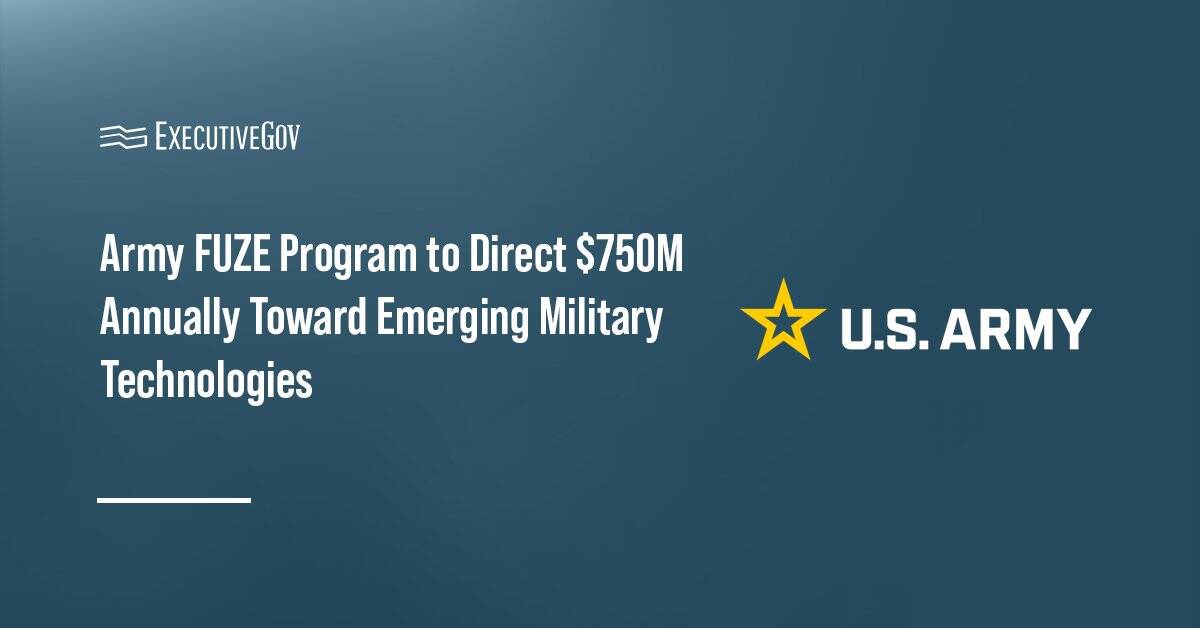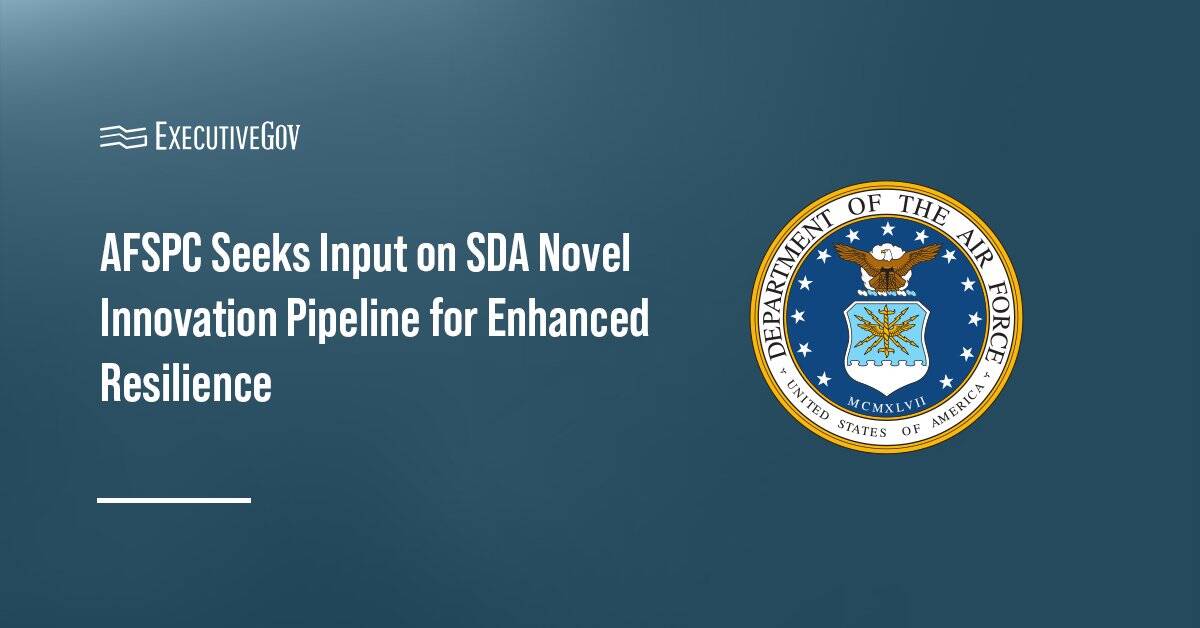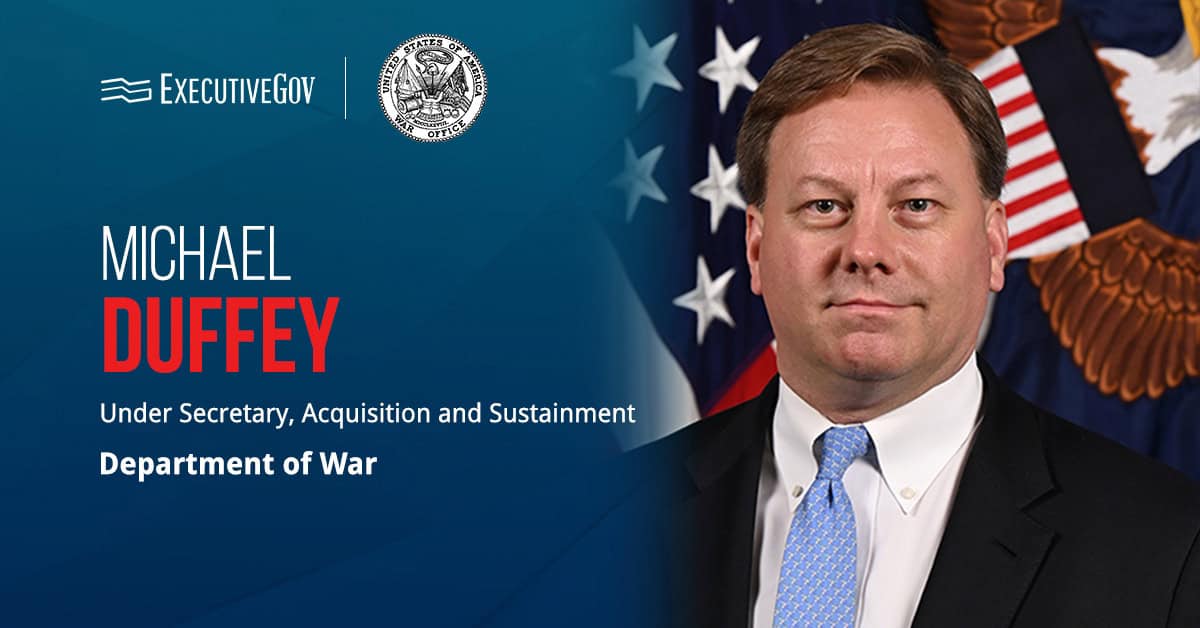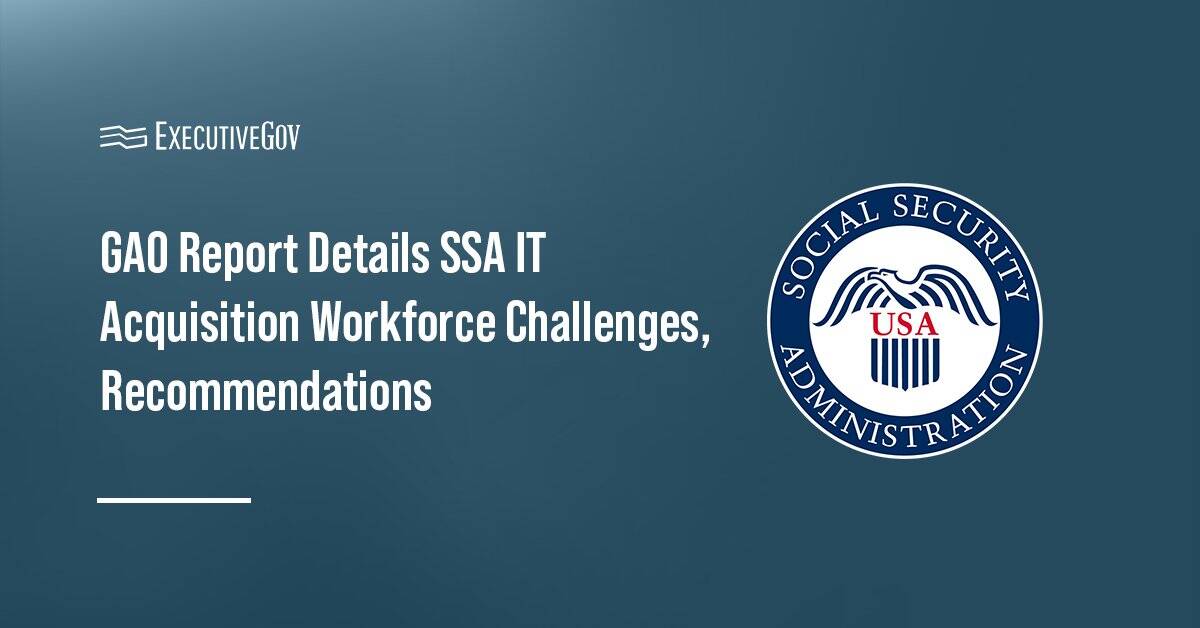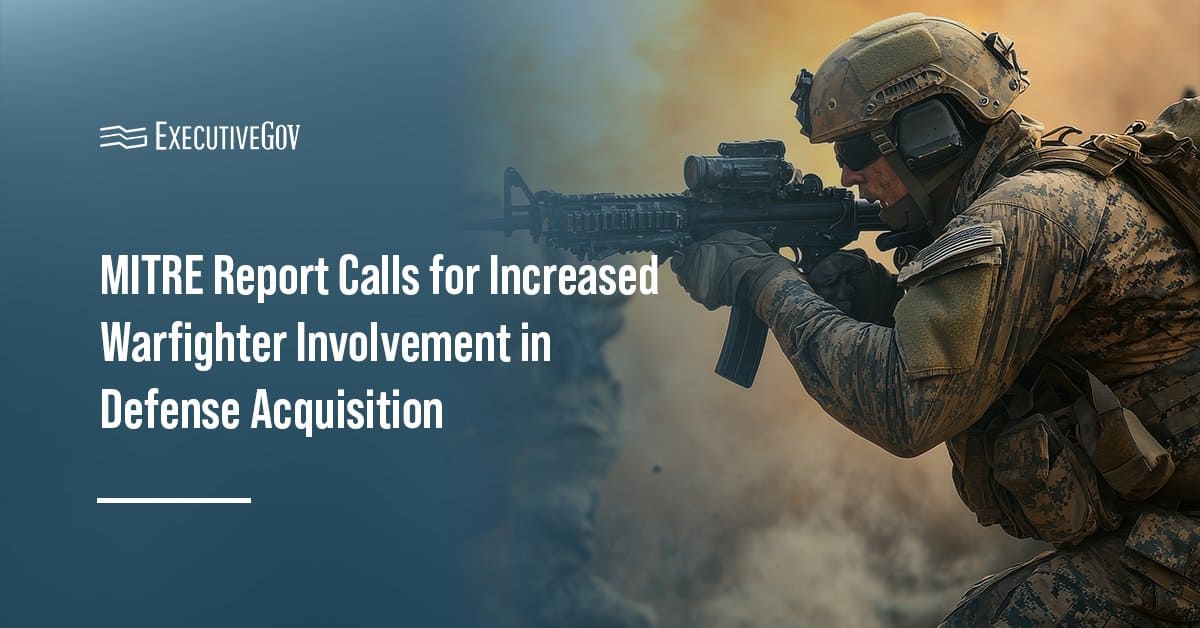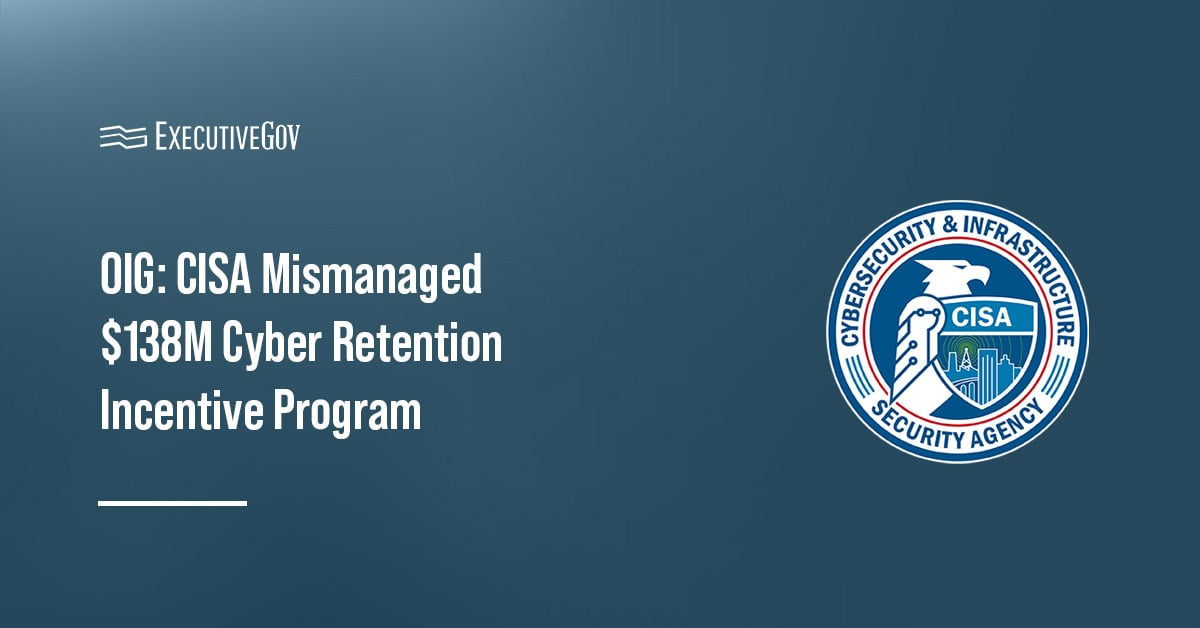The Centers for Medicare & Medicaid Services has launched a $50 billion federal program to enable states to transform the rural healthcare infrastructure to expand healthcare access, improve quality of care and enhance patient outcomes.

Hear experts discuss the most pressing challenges facing the healthcare sector, latest tech advancements, policies and more at the Potomac Officers Club’s 2025 Healthcare Summit on Dec. 4. Register now for this GovCon networking event!
CMS said Monday states have until Nov. 5 to apply for funding under the Rural Health Transformation Program.
The agency will announce awardees by the end of December and will collaborate with states to facilitate the implementation of initiatives under the program.
“This $50 billion program is about delivering dignity and dependable care to rural communities, making sure every American has access to affordable, high-quality treatment,” said Robert F. Kennedy, Jr., secretary of the Department of Health and Human Services.
Rural Health Transformation Program’s Strategic Goals
Established through the Working Families Tax Cuts Act, the Rural Health Transformation Program seeks to enable states to advance the use of innovative technologies that promote data security and access to digital health tools by rural facilities, patients and providers.
Other strategic goals of the program are promoting the growth of innovative care models to foster flexible care arrangements, coordinate care and improve health outcomes; strengthening recruitment and retention of healthcare providers in rural communities to retain a highly skilled healthcare workforce; helping rural providers become long-term access points for care by improving sustainability; and promoting preventative health and addressing root causes of diseases by supporting rural health innovations.
Starting in fiscal year 2026, CMS will allocate $10 billion in annual funding over five years to approved states through the Rural Health Transformation Program.



